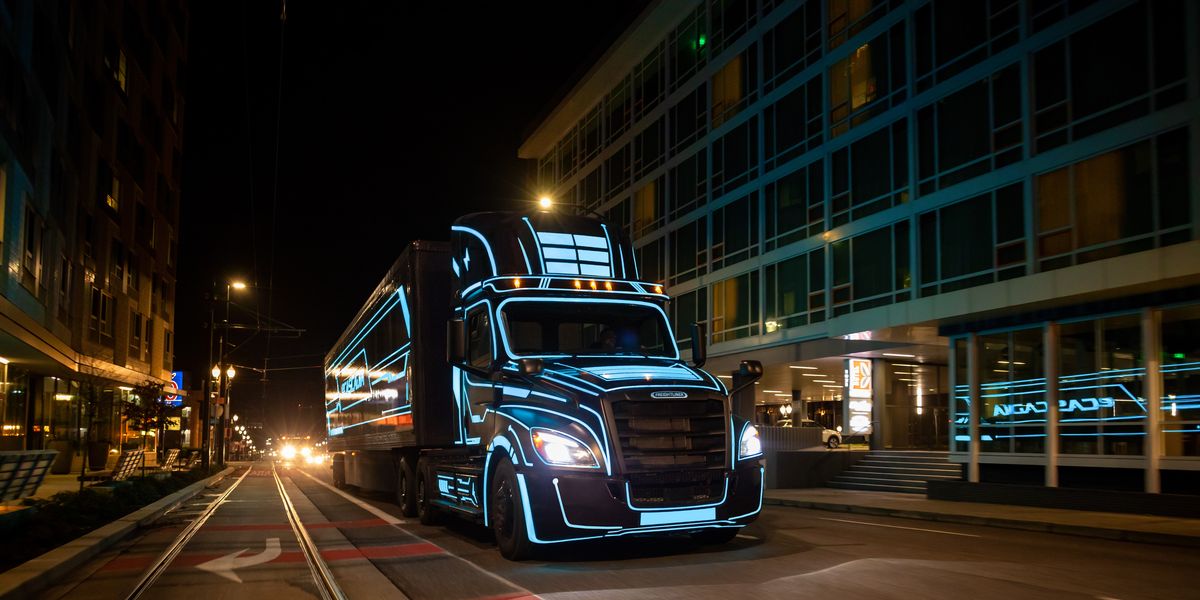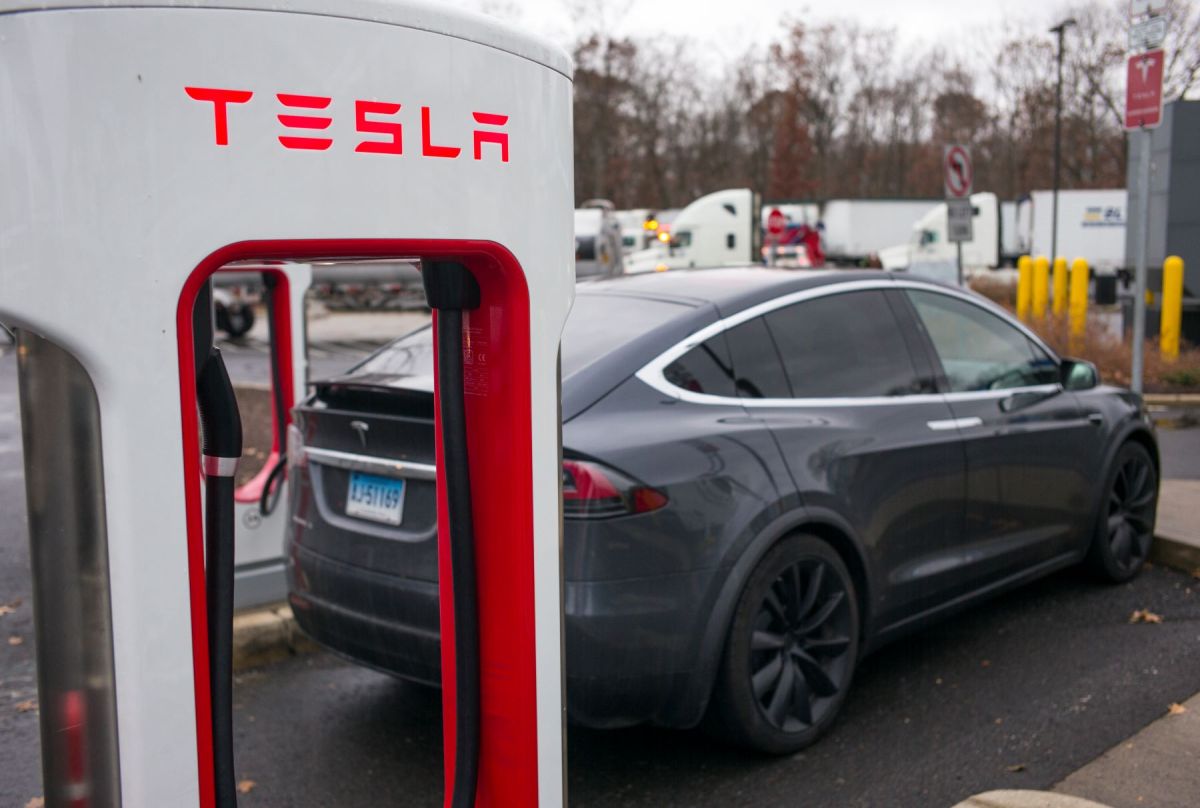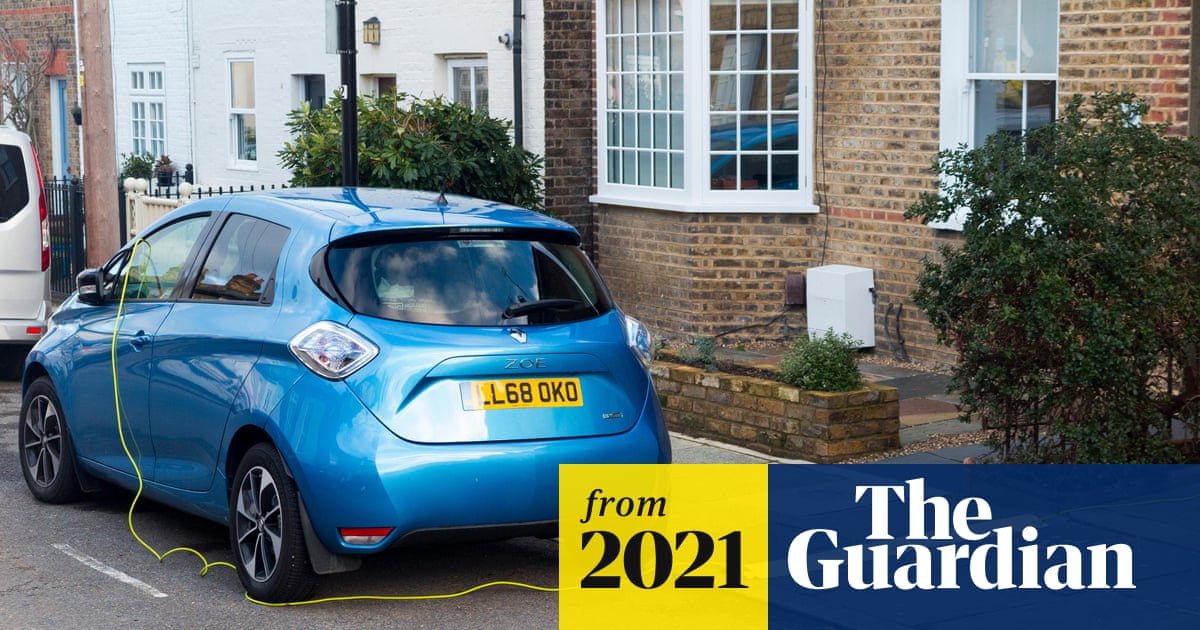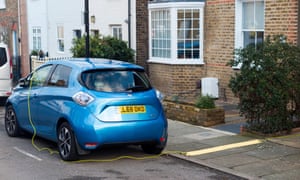Old Rocks
Diamond Member
So, you are smarter than the engineers that obtained the facts that I posted from that site. LOL You "facts" stink because of there source.Wong.
You are ignoring headlights, wipers, defrost fan, heaters, etc.
These thing are going to cut EV range by over 30%.
You are also ignoring the fact the battery weight will double the energy consumption on hills.






